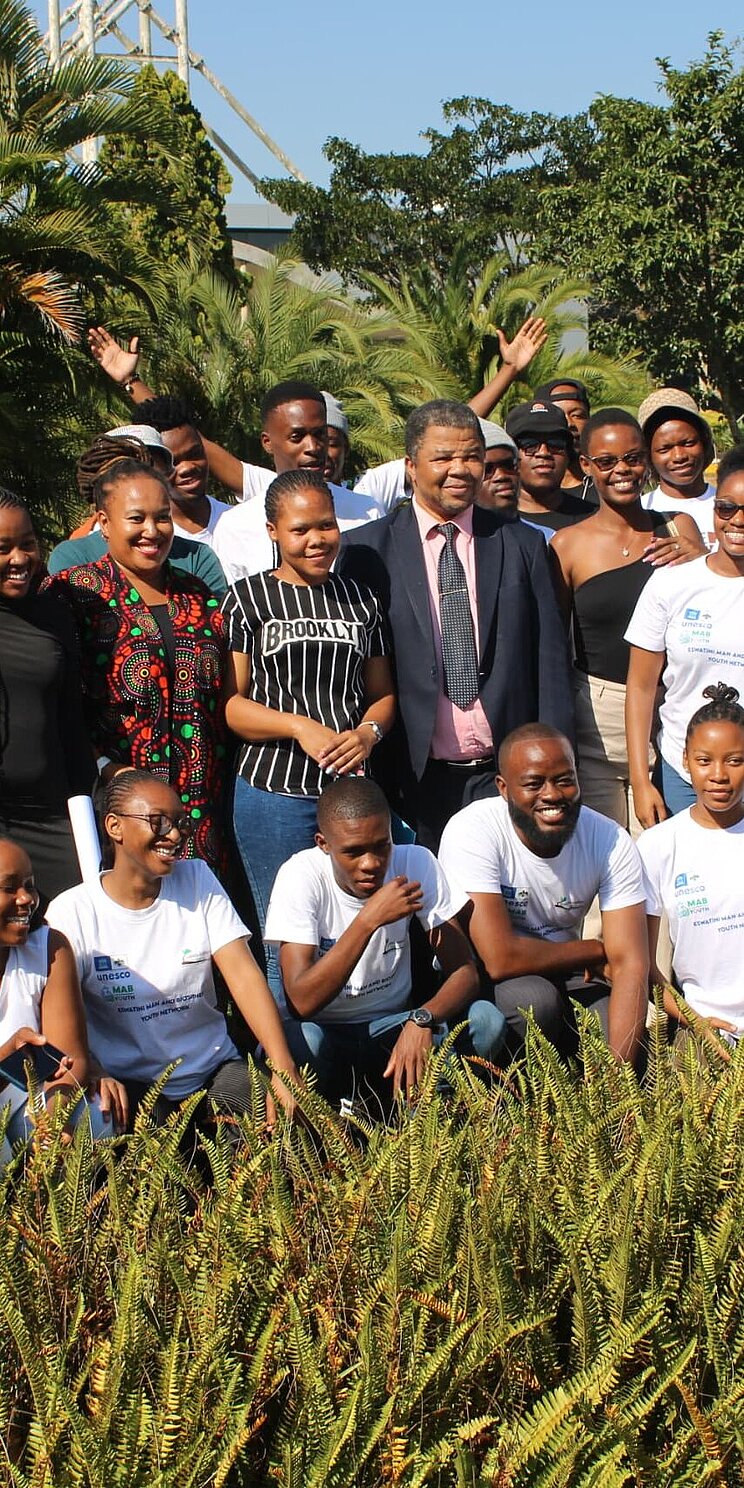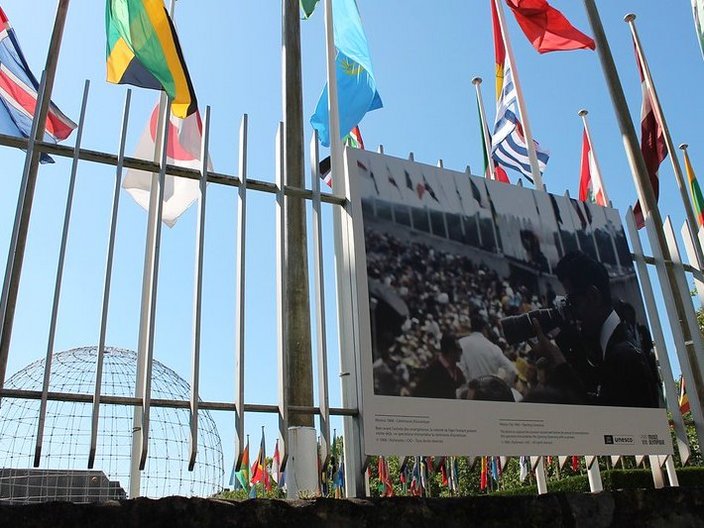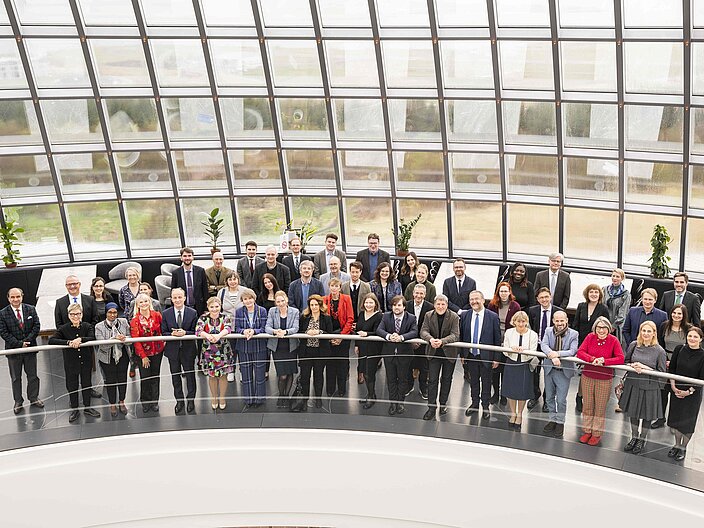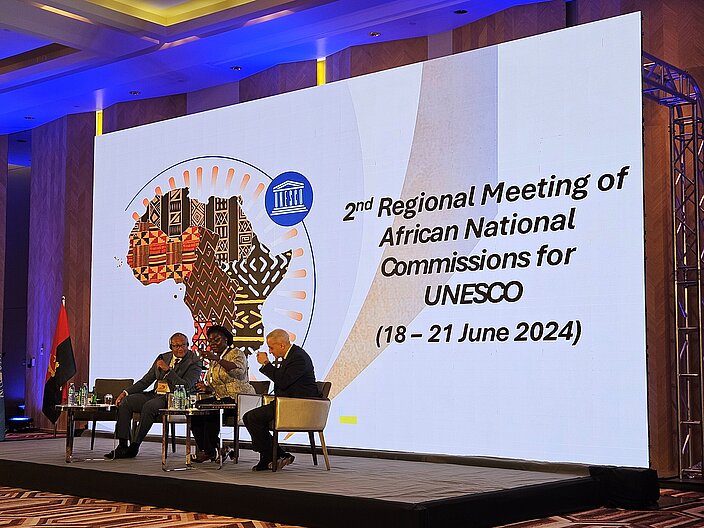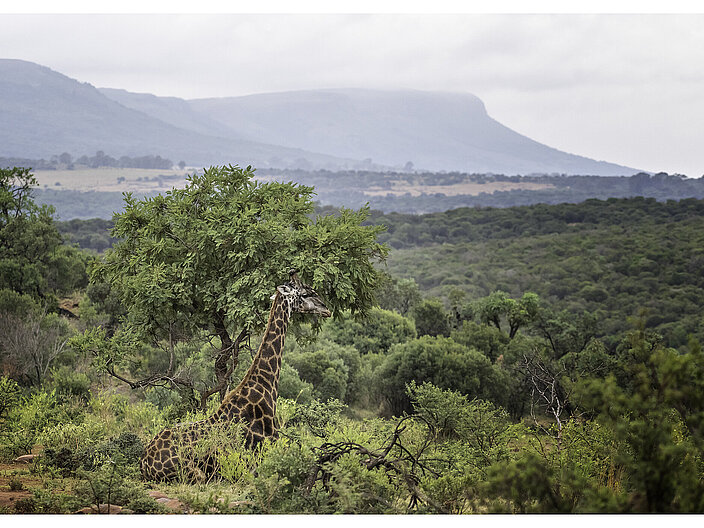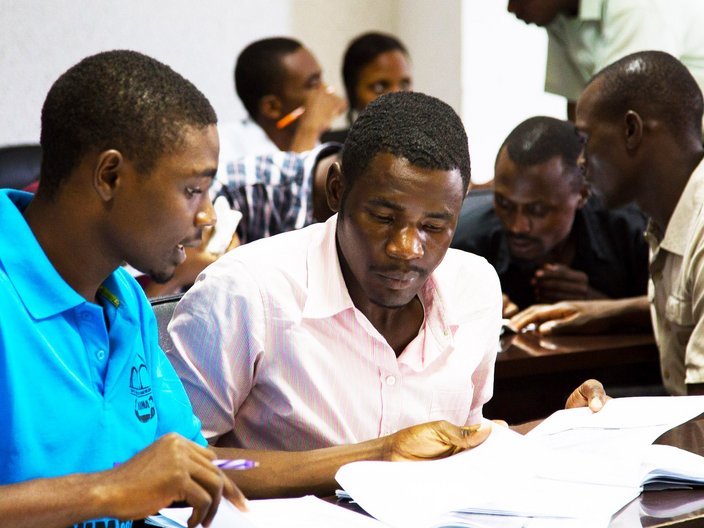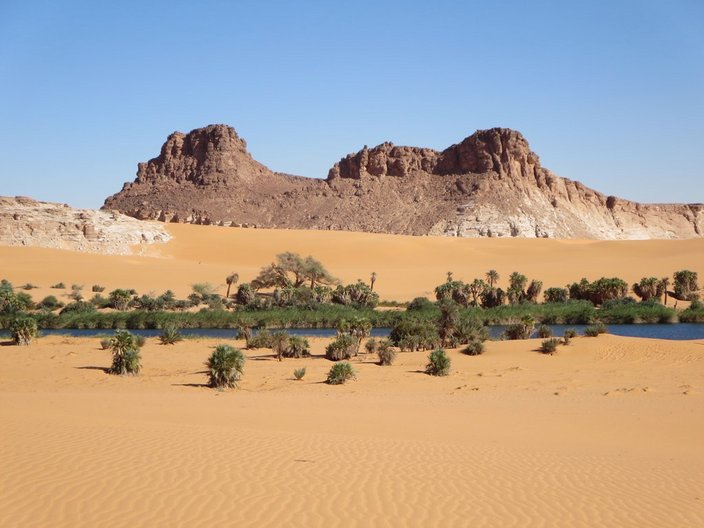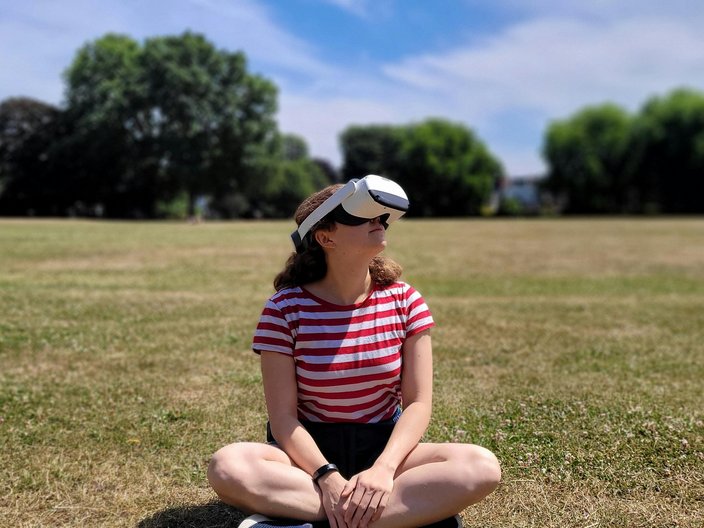Nature conservation, sustainable tourism and tackling youth unemployment
The Lubombo region of Eswatini is known for its high conservation and ecotourism potential. It is the largest of the country's five regions in terms of area, but only about a fifth of Eswatini's more than 1.2 million people live there. This makes it one of the most sparsely populated areas in the country. The region's economy is mainly based on the cultivation and processing of sugar cane: all of the country's sugar factories are located here. Despite this, the region is one of the poorest in the country and youth unemployment is high.
In 2019, part of the Lubombo region has been designated a UNESCO Biosphere Reserve. In June 2023, a national MAB Youth Network has been established to bring together young people working in and for the Lubombo Biosphere Reserve.
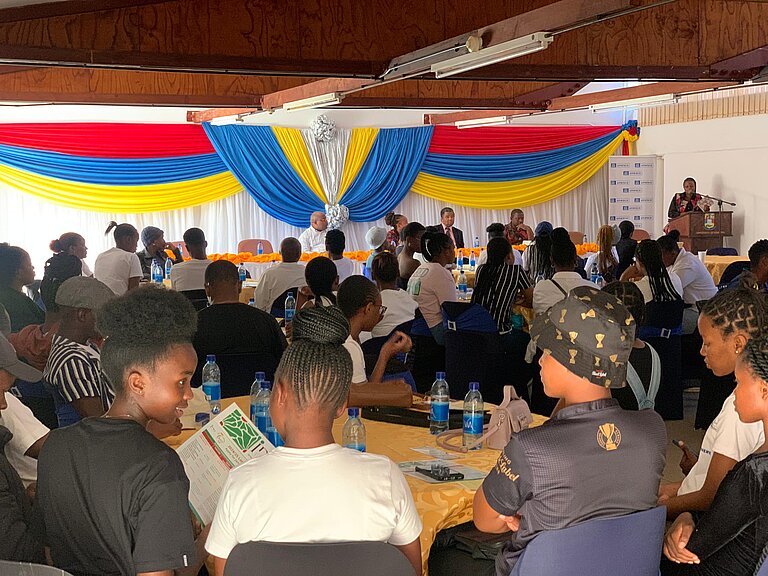
Sustainable community projects in the Lubombo Biosphere Reserve
The Eswatini National Commission for UNESCO, in collaboration with the University of Eswatini and with support from the German Commission for UNESCO, implemented a project in 2024 to strengthen the youth network and to support youth in five communities in the Lubombo Biosphere Reserve. The aim was to increase the participation and involvement of young people living in the biosphere reserve, reduce youth unemployment and improve young people's entrepreneurial skills.
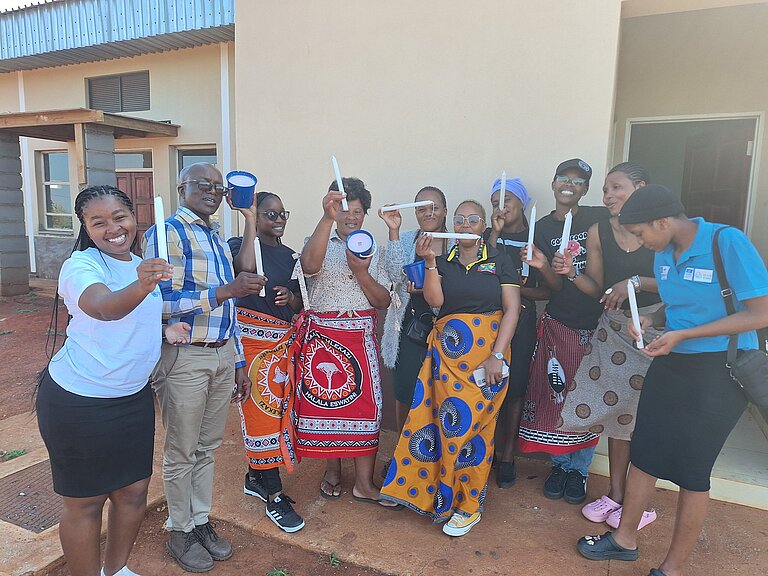
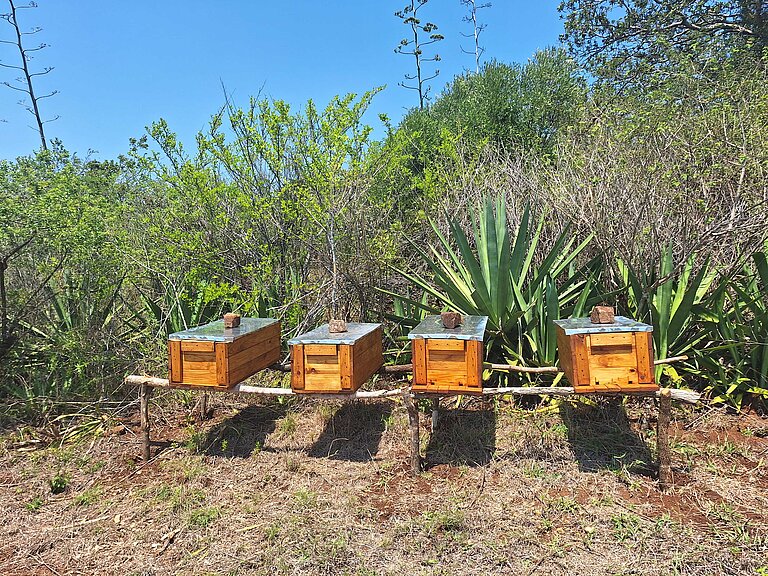
Community projects
As part of the project, the five communities of Shewula, Mambane, Lukhetseni, Tikhuba and Maphungwane were visited by members of the youth network and the Eswatini National Commission and informed about the MAB programme. Income-generating community projects (candle making, beekeeping, goat breeding and milk production) were then developed and implemented in each of the five communities under the leadership of local youth. Youth committees were set up in each community to oversee and take responsibility for the implementation of the projects. The groups were supported by their local authorities, without whom the successful implementation of the project would not have been possible. Through the projects, the young people involved were able to generate their own sustainable income, experience self-efficacy, gain experience in project implementation and become active supporters of the biosphere reserve.
Young people now play an important role in the biosphere reserve and are actively involved in the MAB programme. Through the promotion of the youth network, the continued active involvement of young people in the biosphere reserve is ensured.
Biosphere reserves in Southern Africa
18
Biosphere reserves in the region "Southern Africa" (Eswatini, Lesotho, Malawi, Mozambique, South Africa, Zambia, Zimbabwe)
Eswatini
1
Biosphere reserve in Eswatini
Read more
Overview page: Programme for the Promotion of Biosphere Reserves in Southern Africa
More information on the projects in EnglishExternal link:
More information on biosphere reserves worldwide
